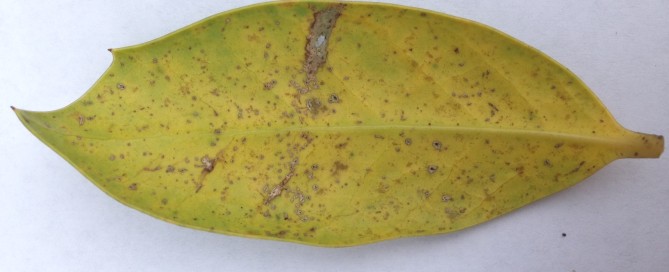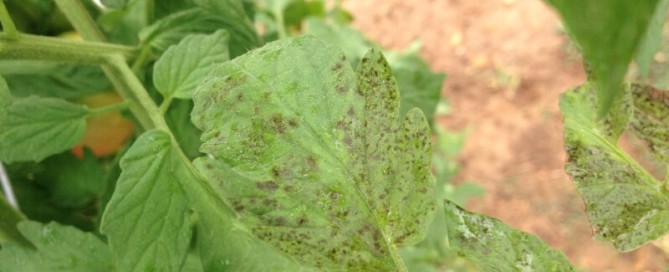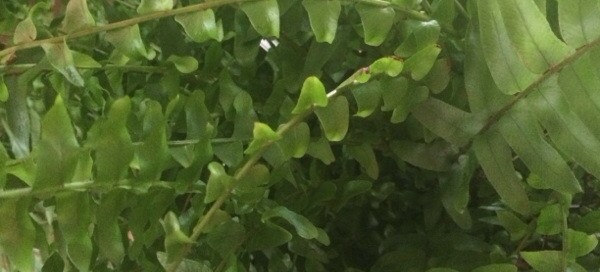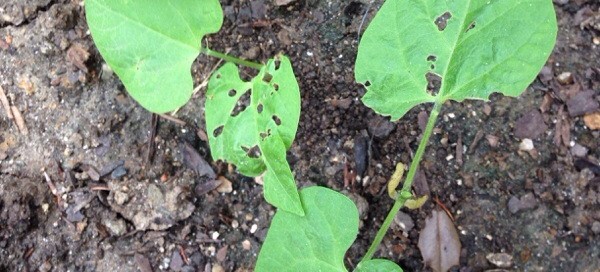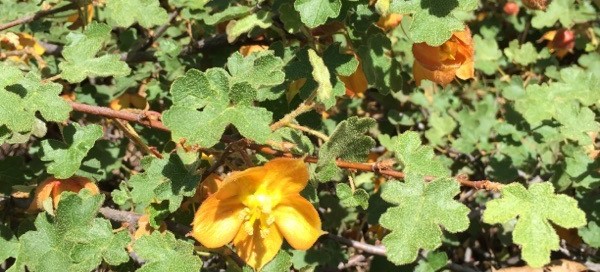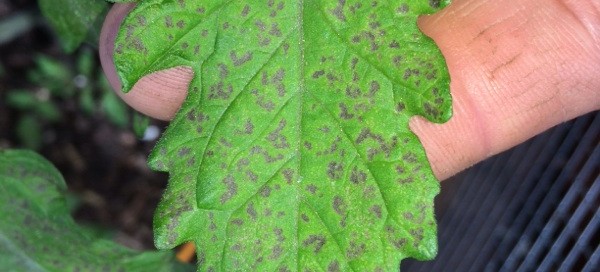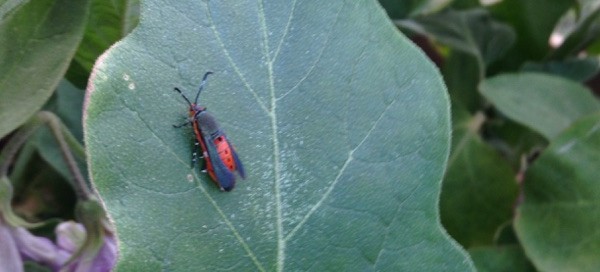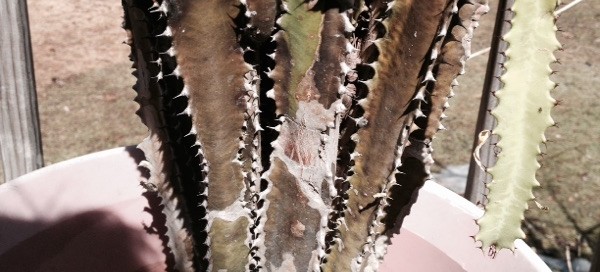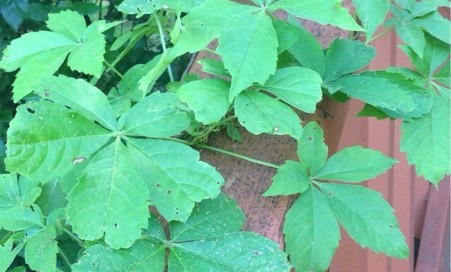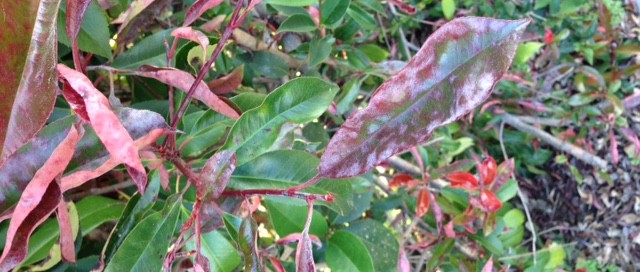Scale Insects On Camellia
Scale insects form raised bumps on leaves and stems as they stick their beaks in to suck the life out of plants. They are not uncommon on holly, nor are aphids; they often coexist as the stressed plant suffers. As they feed, the leaves turn yellow and fall off. Start gaining control by spraying the plants thoroughly with a horticultural oil spray if it's possible to reach them. These oils are highly refined and will not burn if used as directed on the label. Spray the trunks and upper and lower leaf surfaces. This looks like a serious infestation so do consider also using a systemic insecticide to continue control this year. Keep fallen leaves raked up; water and fertilize as usual. The plants are tough; with your help, they'll shake it off and regrow at least a bit this season. .
